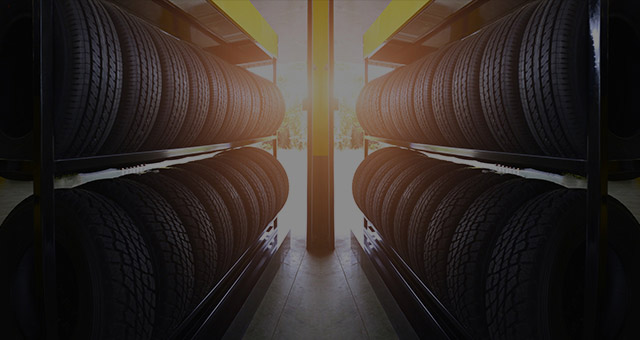Tire Solution: Recognizing Tire Pressure Monitoring Solutions
Recognizing Tire Pressure Tracking Solutions (TPMS) is a vital facet of preserving ideal lorry performance and security on the roadway. With advancements in vehicle innovation, TPMS has actually come to be a conventional attribute in modern-day lorries, offering real-time details on tire stress degrees.

Significance of TPMS
The relevance of Tire Stress Tracking Equipments (TPMS) lies in their capability to improve automobile safety and security and performance via real-time surveillance of tire stress degrees. Maintaining the proper tire stress is crucial for ensuring ideal handling, braking, and general security of an automobile. TPMS offers chauffeurs with instant comments on any type of underinflated or overinflated tires, allowing for timely adjustments to be made.
Components of TPMS
Comprising numerous necessary aspects, a Tire Stress Surveillance System (TPMS) works as a sophisticated safety and security function in modern-day automobiles. The main parts of a TPMS include sensing units, a control component, and a caution indication. Sensors are typically situated in the tire valve stem or connected to the wheel setting up, where they measure tire stress and transmit data to the control component. If it detects dramatically low stress in any of the tires, the control component processes this info and triggers a caution. The warning sign, frequently a sign on the control panel, alerts the chauffeur to examine the afflicted tire or tires. Some progressed TPMS models likewise present the actual tire pressure analyses for each tire, offering vehicle drivers with real-time details to make sure optimum tire efficiency and safety. By keeping an eye on tire stress continuously, TPMS aids prevent accidents, decreases tire wear, and enhances gas effectiveness, making it a critical component for car security and performance.
Kinds of TPMS

On the other hand, indirect TPMS relies upon the automobile's wheel rate sensing units to keep track of tire stress. This system discovers underinflation by comparing the rotational speeds of the wheels. Indirect TPMS is less pricey than direct TPMS, as it uses existing sensors within the lorry.
While direct TPMS offers a lot more exact readings, indirect TPMS is simpler in design and typically requires much less upkeep. Both systems have their advantages and constraints, and the selection in between them frequently relies on elements such as expense, automobile make, and click over here personal preference. Comprehending the distinctions between these two sorts of TPMS can aid automobile proprietors make educated decisions relating to tire maintenance and security.
TPMS Upkeep Tips
Conduct regular checks on the tire pressure degrees and compare them with the TPMS analyses to ensure they are consistent. Throughout tire rotation or replacement, make certain that the TPMS components are get redirected here taken care of thoroughly to prevent any type of potential damage. If the TPMS advising light illuminates on the dashboard, resolve the problem without delay by checking the tire stress Get More Info and the total system for any kind of faults.
Advantages of Proper Tire Pressure
Keeping appropriate tire pressure, as stressed in TPMS Upkeep Tips, is critical for gaining the countless benefits associated with optimal tire stress degrees. Additionally, appropriate tire stress makes certain even tire wear, extending the life expectancy of the tires and advertising safer driving problems. In conclusion, the benefits of correct tire pressure go beyond simply tire longevity; they incorporate enhanced fuel performance, improved safety, far better car efficiency, and general driving convenience.
Verdict
To conclude, understanding tire stress monitoring systems (TPMS) is important for keeping ideal tire stress and making sure vehicle security. By recognizing the relevance of TPMS, recognizing with its components, understanding the various types offered, sticking to appropriate upkeep suggestions, and understanding the benefits of maintaining appropriate tire pressure, chauffeurs can boost their driving experience and prolong the life expectancy of their tires. Correct tire pressure is essential to efficient and safe automobile procedure.
